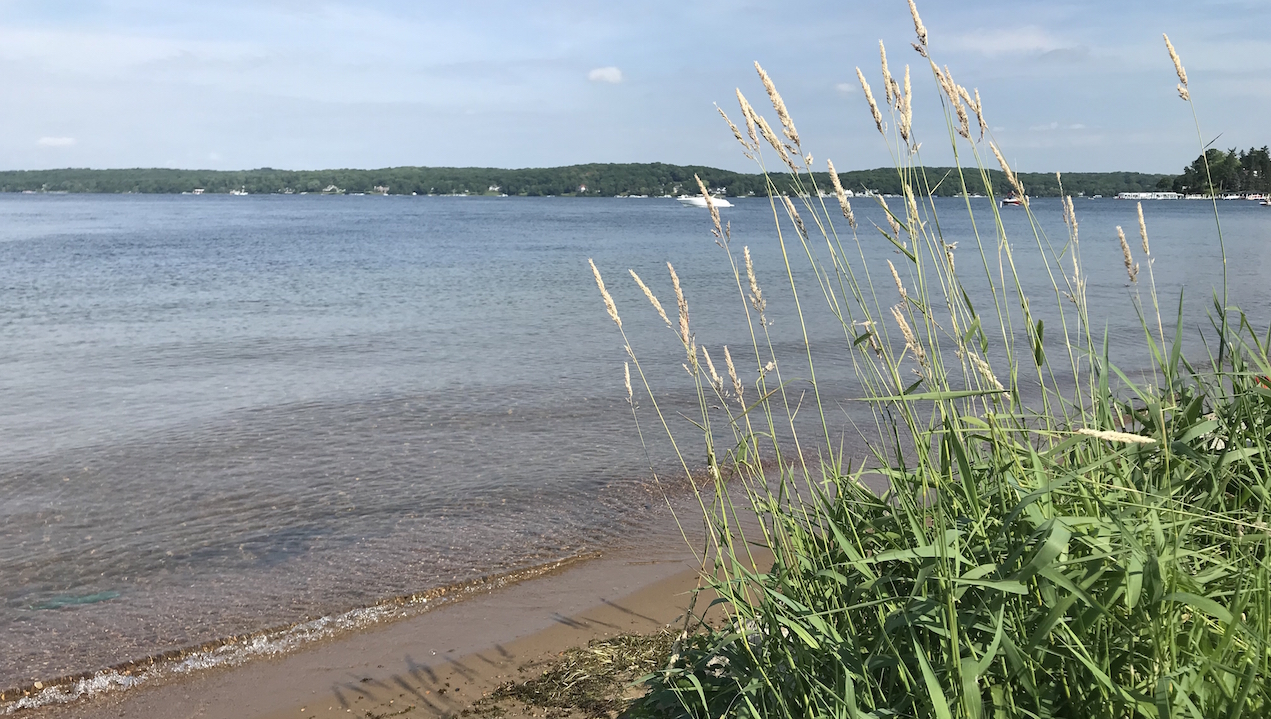LAKE GENEVA — The Wisconsin Department of Natural Resources (DNR) has finalized aerial spray plans for its 2024 Spongy Moth Suppression Program, with maps for the six selected treatment areas available online.
In Walworth County: 124 acres at Big Foot Beach State Park and 49 acres at Kettle Moraine State Forest – Southern Unit.
There also are locations in Columbia, Marinette and Sauk counties.
A total of 928 acres in the state will be treated with an aerial spray of Foray, a bacterial insecticide containing Bacillus thuringiensis var. kurstaki.
The aerial spraying will occur between early May and early June, with exact dates and times depending on caterpillar development and weather conditions.
The DNR intends to avoid spraying high-use properties during the extended Memorial Day weekend if spraying has not occurred.

Wisconsin’s first known spongy moth egg hatch was reported on the morning of April 17, making it likely that aerial treatments in southern counties will be completed well in advance of the Memorial Day weekend.
Law enforcement, local governments, schools and nearby medical facilities will be notified before spraying.
The DNR’s Wisconsin Spongy Moth Resource Center will provide updates and additional information, and visitors can sign up for an email list to receive notice when spraying dates are determined. Additionally, the toll-free Spongy Moth Hotline, 1-800-642-MOTH (1-800-642-6684), offers a recording of up-to-date spraying plans. Callers to the hotline should choose option #1 for information on daily spraying plans.
Spongy moth caterpillars feed on many tree and shrub species, stripping trees of their leaves and potentially killing them. Spongy moth outbreaks occur every five to 10 years. In 2023, Wisconsin saw a record amount of spongy moth defoliation, with about 375,000 acres affected (mostly in northern Wisconsin).
Generally, healthy hardwoods can endure one or two years of heavy defoliation before tree mortality occurs. Healthy trees typically produce a replacement set of leaves a few weeks after defoliation. However, this process uses energy reserves and weakens the tree, making it more vulnerable to mortality in combination with other insects, diseases or drought stress.
The DNR’s aerial spray program complements the Wisconsin Department of Agriculture, Trade and Consumer Protection (DATCP)’s participation in the national Slow the Spread program. DATCP will use an airplane to treat sites in nine western Wisconsin counties. The program was created to slow the westward spread of spongy moth by treating newly established, low-level populations.
DATCP’s planned 2024 spray blocks are available for review through DACTP’s GIS mapping tool as well as online maps.
Slow the Spread program treatments will use either the same insecticide as the DNR treatments or a pheromone mating disruptor that prevents moth reproduction by interfering with the ability of male moths to find female moths. More information is available in DATCP’s news release.
The State of Wisconsin does not offer a state-sponsored or cost-share program for treating private property to prevent defoliation by spongy moth. Those interested in organizing a spray program at their own expense are encouraged to read “Organizing An Aerial Spray For Forest Pests,” a helpful guide from the DNR.
Planning for a 2025 aerial spray should begin this summer or fall.
Tree care businesses may also be hired to apply insecticide from the ground this spring. Further information about management options is available online through the Wisconsin Spongy Moth Resource Center.

